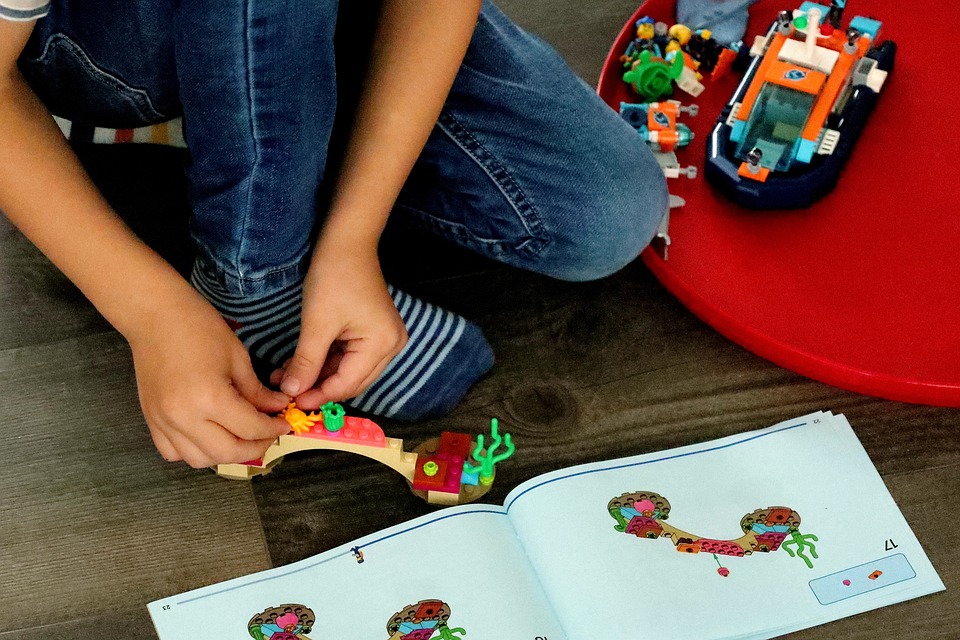LEGO Bricks: The Unlikely Champions
In a world where technology and innovation are constantly evolving, it’s hard to imagine a toy that has remained a beloved favorite for over 80 years. Yet, LEGO bricks have managed to do just that, captivating the hearts of children and adults alike with their timeless charm and versatility. But what makes these humble plastic bricks so special? Let’s take a closer look at the fascinating world of LEGO and explore what makes them the unlikely champions of playtime.
A Brief History
The story of LEGO begins in 1932, when Danish carpenter Ole Kirk Christiansen started a small workshop in Billund, Denmark. Christiansen, who had previously made wooden toys, began producing plastic bricks in 1947. The name "LEGO" comes from the Danish phrase "leg godt," which means "play well." The iconic interlocking brick design was patented in 1958, and the rest, as they say, is history.
The Magic of Interlocking Bricks
So, what makes LEGO bricks so special? The answer lies in their unique design. Each brick has a series of tubes and studs that allow them to connect and combine in countless ways. This simple yet ingenious design has enabled children (and adults!) to build anything from simple structures to complex machines and even working robots.
The Power of Creativity
LEGO bricks are more than just a toy – they’re a tool for creativity and imagination. Children can use them to build anything they can think of, from fantastical creatures to real-world structures. The bricks provide a blank canvas, allowing kids to express themselves and bring their ideas to life.
The Science Behind the Bricks
But LEGO bricks aren’t just fun and games – they’re also a fascinating example of science in action. The bricks’ unique design and construction have been studied by engineers and scientists, who have used them to develop new materials and technologies. For example, the bricks’ ability to withstand stress and pressure has inspired the development of new materials for construction and manufacturing.
The LEGO Community
One of the most remarkable aspects of LEGO is its global community of fans and enthusiasts. From fan conventions to online forums, LEGO enthusiasts come together to share their creations, trade bricks, and show off their skills. The community is a testament to the power of play and creativity, and it’s a key factor in LEGO’s enduring popularity.
Image: A LEGO enthusiast shows off their latest creation, a intricate model of the Taj Mahal.
FAQs
Q: What is the most popular LEGO set of all time?
A: The most popular LEGO set of all time is the LEGO Millennium Falcon, which was released in 2007 to celebrate the 30th anniversary of the Star Wars franchise.
Q: How many LEGO bricks are produced every hour?
A: LEGO produces over 380,000 bricks every hour, which is equivalent to over 9 million bricks per day.
Q: Can you build anything with LEGO bricks?
A: Almost! While LEGO bricks can be used to build almost anything, there are a few limitations. For example, you can’t build a brick that’s too small or too large, as they need to fit together properly.
Q: Are LEGO bricks recyclable?
A: Yes, LEGO bricks are recyclable. In fact, LEGO has a program in place to recycle old bricks and reuse the materials to make new ones.
Q: Can I build a working robot with LEGO bricks?
A: Yes, you can! LEGO has a range of robotics kits and tools that allow you to build and program your own robots. With a little creativity and ingenuity, you can build a robot that can move, sense its surroundings, and even interact with its environment.
In conclusion, LEGO bricks are more than just a toy – they’re a symbol of creativity, imagination, and innovation. Whether you’re a child or an adult, there’s something special about building with LEGO bricks that brings out the best in us. So, grab a brick and start building – you never know what amazing creations you might come up with!



